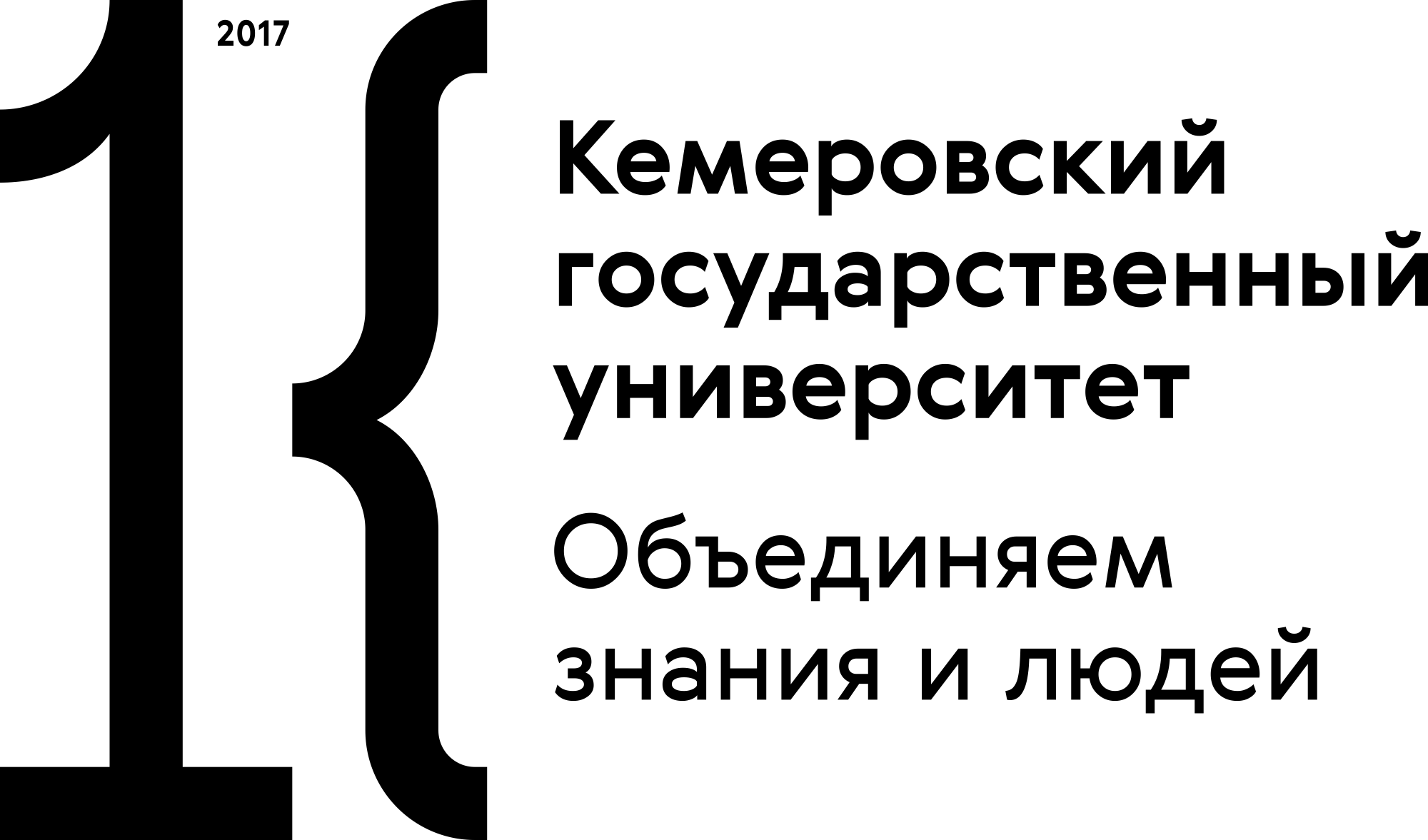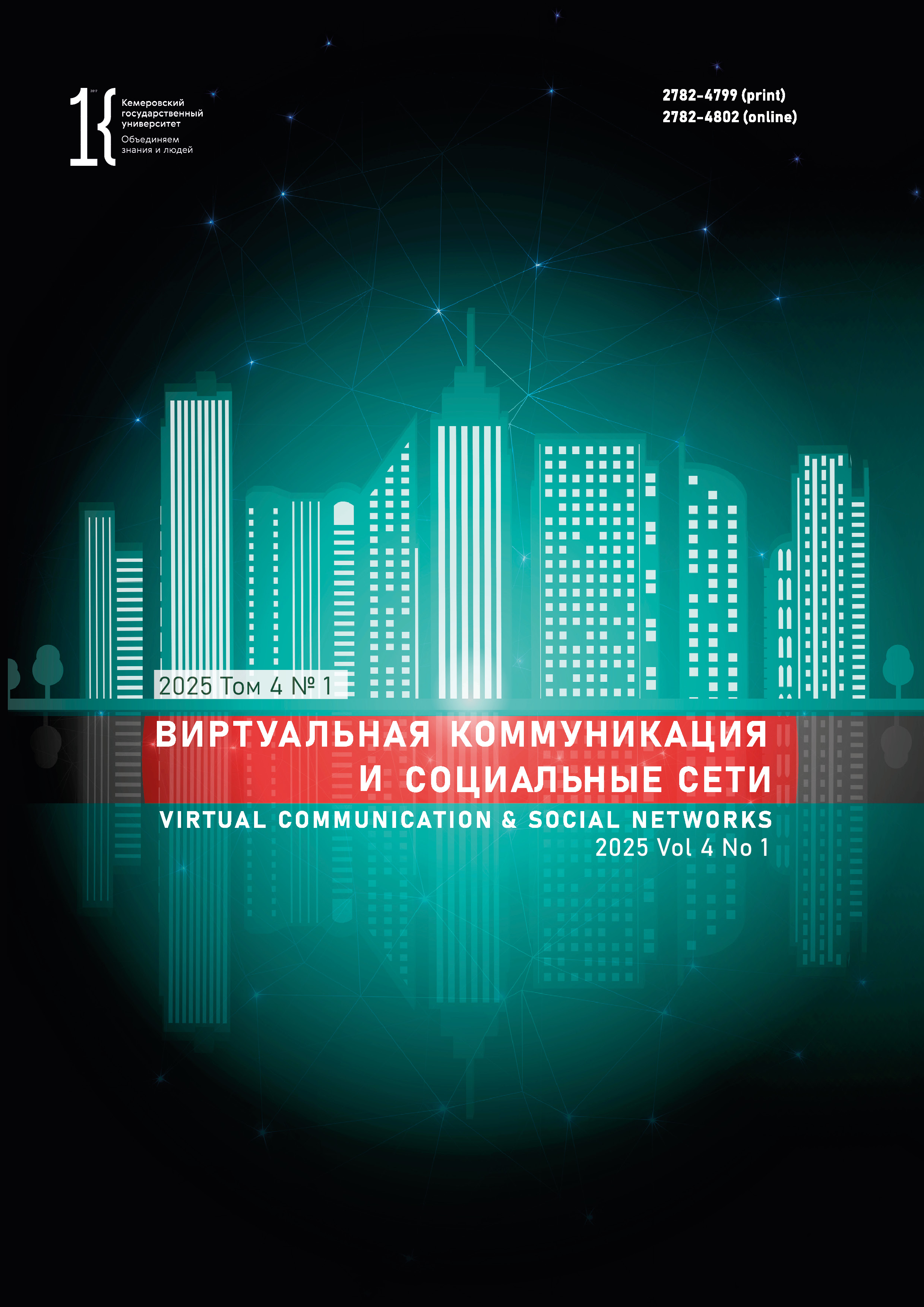VAK Russia 5.12.3
Software with graphical interface is a common but linguistically understudied phenomenon. The article describes communicative interface textual content as a message from a composite addressee (customer, developer, interface writer) to the target user. The author applied the methods of comparative and praxeological analysis to identify and classify the strategies used by English- and Russian-language UX interface text authors in professional blogs, which served as metatextual sources of research material. A comparative analysis of strategies employed by different authors made it possible to determine the common and individual strategies, as well as their correlation with linguistic or sociocultural external factors. To achieve such macro-goals as product and brand success, the interface text should inform, instruct, teach (navigation), hold attention, engage, and establish an emotional connection with the user. The research revealed the semantic strategy of clarity/precision, as well as the pragmatic strategy of brevity. They take into account the experience and expectations of the target audience. The English-language authors appealed to various inclusive strategies while the Russian-language authors concentrated on coherence and informativeness. The strategies were implemented using both verbal and paralinguistic methods.
communicative linguistics, discourse theory, metatext, user interface, UX writing, microcopy
1. Grigoreva V. S. Discourse as an element of the communication process: Pragmalinguistic and cognitive aspects. Tambov: TSTU, 2007, 288. (In Russ.)] https://elibrary.ru/jmckvf
2. Duskaeva L. R. Vectors of praxeological analysis in media linguistics. Media Linguistics, 2019, 6(1): 4–18. (In Russ.)] https://doi.org/10.21638/spbu22.2019.101
3. Ivanova E. V. User interface as a point of interaction in interactive projects. Media art is the 21st century. Genesis, art programs, education issues: Proc. Intern. Sci.-Prac. Conf., Moscow, 1–3 Nov 2022. Moscow: Stroganov University, 2023, 298–308. (In Russ.)] https://elibrary.ru/usxrsg
4. Issers O. S. Communication strategies and tactics of the Russian language. 5th ed. Moscow: LKI, 2008, 288. (In Russ.)] https://elibrary.ru/ufgtfj
5. Karapenchev Y. Types of user interface copywriting texts. Communication and media of the 21st century: Educational and professional challenges: Proc. Intern. Sci. Conf., Sofia, 27–28 Oct 2022. Sofia: Sofia University "St. Kliment Ohridski", 2023, 368–377. (In Bulg.)]
6. Krapivina K. P. Textuality of the user interface in translation. Modern Linguistics: From theory to practice: Proc. III Kazan International Linguistic Summit, Kazan, 14–19 Nov 2022. Kazan: KFU, 2023, vol. 3, 73–76. (In Russ.)] https://elibrary.ru/fmursh
7. Krupeneva V. P. Sources and ways of formation of the user interface language in English. Izvestia: Herzen University Journal of Humanities & Sciences, 2009, (114): 217–222. (In Russ.)] https://elibrary.ru/kvqvbz
8. Maksimova N. G. Mechanisms of text message redundancy elimination in a dialogue box. Kazanskaia nauka, 2011, (11): 251–253. (In Russ.)] https://elibrary.ru/ooakuv
9. Romanov A. A. Systemic analysis of regulative means in dialogues. Moscow: IL AS USSR, 1988, 183. (In Russ.)] https://elibrary.ru/tvcbvf
10. Romanov A. A. Linguapragmatic model of dialogue speech control: Systemic analysis with examples from Russian and German. Moscow: LENAND, 2020, 264. (In Russ.)] https://elibrary.ru/yddrdr
11. Rostova A. N. Metatext as a form of explication of metalinguistic consciousness in Russian dialects of Siberia. Tomsk: TSU, 2000, 193. (In Russ.)]
12. Rostova A. N. Ordinary metalinguistic consciousness: status and aspects of study. Everyday metalanguage consciousness and naive linguistics, ed. Rostova A. N. Kemerovo-Barnaul: AltSU, 2008, 49–57. (In Russ.)].
13. Smyshlyaev V. A. Socio-philosophical aspects of the security problems of Russia and the world: Retrospective and modernity. Problemy sotsialnykh i gumanitarnykh nauk, 2022, (2): 174–180. (In Russ.)] https://elibrary.ru/qlbsje
14. Tsybulski V. M. Semiotic model of the graphical user interface. Iskusstvo i kultura, 2018, (3): 67–76. (In Russ.)] https://elibrary.ru/yhihox
15. Shurlina O. V. The constitutive components of software text. Philology. Theory & Practice, 2016, (12-2): 186–190. (In Russ.)] https://elibrary.ru/xahgxz
16. Gumperz J. J. Discourse strategies. Cambridge: Cambridge University Press, 1982, 225. https://doi.org/10.1017/CBO9780511611834
17. Hieber D. W. Praxeology and language: Social science as the study of human action. History and Philosophy of the Language Sciences, 2017. URL: https://hiphilangsci.net/2017/05/04/praxeology-and-language-social-science-as-the-study-of-human-action/ (accessed 15 Sep 2024).
18. Kammersgaard J. Four different perspectives on human-computer interaction. DAIMI Report Series, 1985, (203). https://doi.org/10.7146/dpb.v14i203.7554
19. Porter J. Writing microcopy. bocardo, 2009. URL: http://bokardo.com/archives/writing-microcopy/ (accessed 15 Sep 2024).
20. Portmann L. Crafting an audience: UX writing, user stylization, and the symbolic violence of little texts. Discourse, Context & Media, 2022, (48). https://doi.org/10.1016/j.dcm.2022.100622
21. Strawson P. F. Intention and convention in speech acts. The Philosophical Review, 1964, 73(4): 439–460. https://doi.org/10.2307/2183301
22. Van Dijk T. A. Studies in the pragmatics of discourse. Hague: De Gruyter Mouton, 1981, 331. https://doi.org/10.1515/9783110826142
23. Van Dijk T. A., Kintsch W. Strategies of discourse comprehension. NY: Academic Press, 1983, 418.
24. Han J., Lee J., Shin H., Oh Ch. UX writing style in fintech services effect on user‘s satisfaction with using formality in Korean and financial jargon. The Journal of the Convergence on Culture Technology, 2023, 9(4): 649–657. (In Kor.)] http://dx.doi.org/10.17703/JCCT.2023.9.4.649















